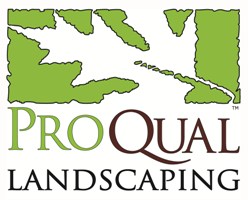Proper instruction & information is critical
Do not to use any equipment without proper instruction; you are risking your safety as well as the safety of others by doing so. You must be properly trained to operate this equipment safely. Proper training must include a review of the operator’s manual as well as a skills evaluation to assure that you understand the features of this piece of equipment and can use it safely.
PPE Requirements
Body: Wear long-sleeved shirt and long-legged pants. Do not wear loose clothing and assure all shirt tails and cuffs are tight to prevent pull-in hazards from moving machine parts.
Feet: Use non-slip soled work boots that are at least ankle-height.
Hands: Use heavy, anti-vibration work gloves, either of leather or similar material.
Eyes: Wear ANSI-approved goggles or safety glasses with side shields or wrap-around lenses. A face shield or mesh screen is required when flying particles are likely. Goggles or safety glasses must be worn underneath a face shield.
Ears: Wear ear plugs or muffs appropriate for the noise level of the equipment.
Operating equipment:
Equipment operators shall be trained and qualified to operate all equipment that they may be asked to use.
Manufacturer instructions and operating procedures shall be followed.
Training must be documented and kept on file.
Proper equipment inspections must be completed before equipment use.
Use fuel-powered equipment only in well-ventilated outside areas.
Avoid overreaching with a equipment.
Do not wear “music headphones” when operating. Proper hearing protectors must be worn.
Be aware of traffic and protect yourself by using high visibility clothing and traffic control devices.
Rotate between tasks to minimize hand vibration, repetitive motion, and strain.
When available on equipment, a shoulder strap must be worn and properly adjusted to minimize strain.
Do not fuel hot or running equipment. Use a rag to wipe up fuel spills.
Barricade off work areas to prevent injuries to others.
Before working in an area, the equipment operator must make sure the area is clear of people and hazards.
Hazards may include uneven or soft terrain, holes, foreign objects, sprinkler heads, roots, hoses, cords, and any other type of obstruction that may be encountered.


